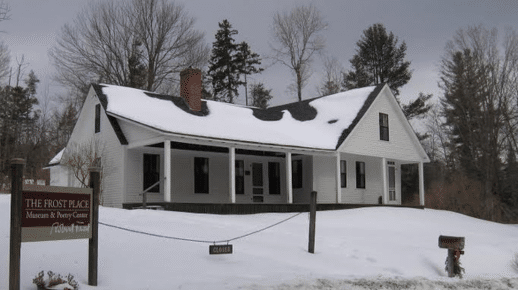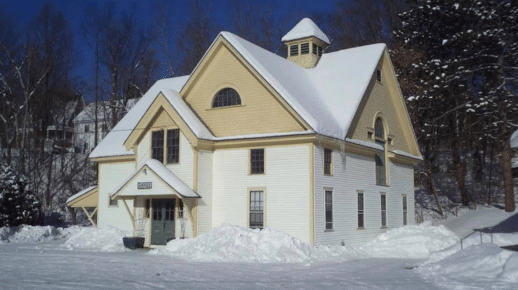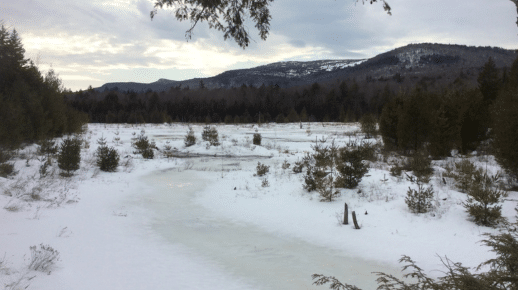
Beyond Brown Paper Interactive Website/Virtual Exhibition, Plymouth, NH
In 2007 Plymouth State University was awarded a $17,000 grant for the Beyond Brown Paper interactive website / virtual exhibition.
Funded by a Cultural Conservation Grant from the New Hampshire State Council on the Arts, 250 of the 11,000 photographs were scanned with preservation quality resolution. A computer workstation was purchased and set up in Berlin which provided internet access to these images and the capacity for users to provide information on the images either by phone or computer. The Arts Alliance of Northern New Hampshire worked as a partner in making connections with Berlin-area community organizations and volunteers and in linking this project to a variety of local cultural initiatives.
The Brown Company Photographic Collection documents much of the history of the Brown Company of Berlin, New Hampshire from the late nineteenth century through the mid-1960s. Among the subjects depicted are the varieties of work activity from the felling of trees to the final manufacture of pulp and paper in Berlin and Gorham. Also shown are engineering projects, the construction of mills and the installation of new equipment and machinery.
A significant portion of the collection chronicles the social, cultural, and recreational lives of the workers, their families and the place of these people in the life of Berlin itself.





